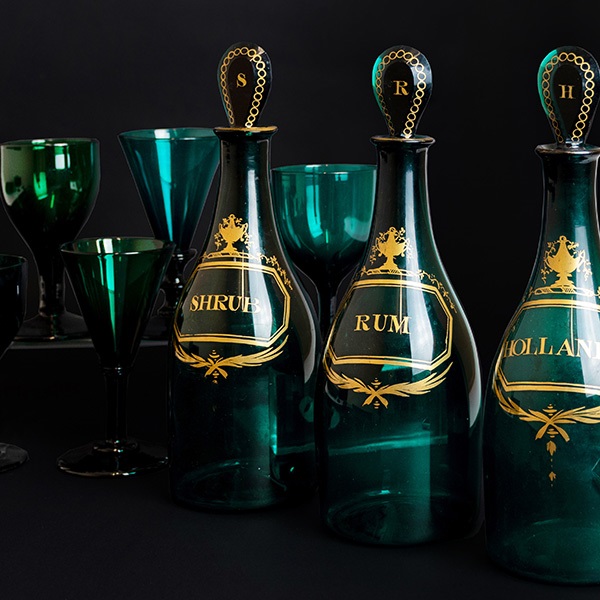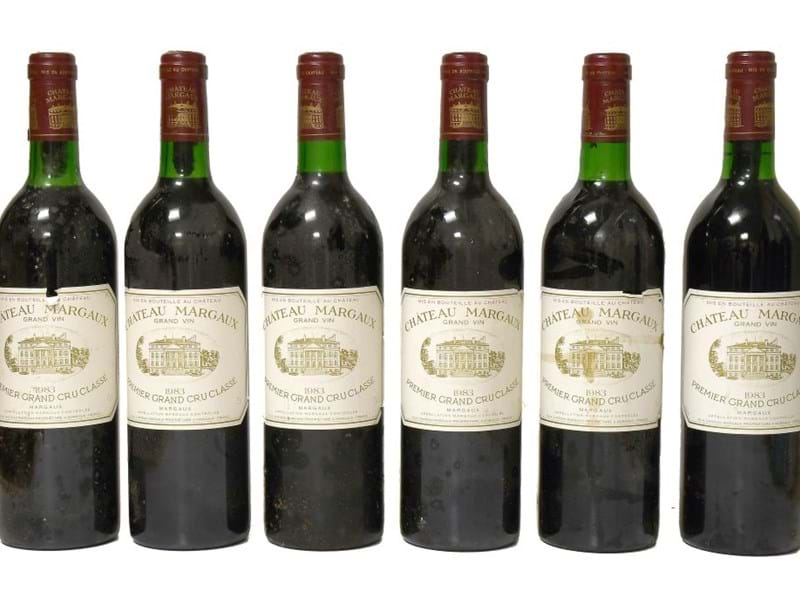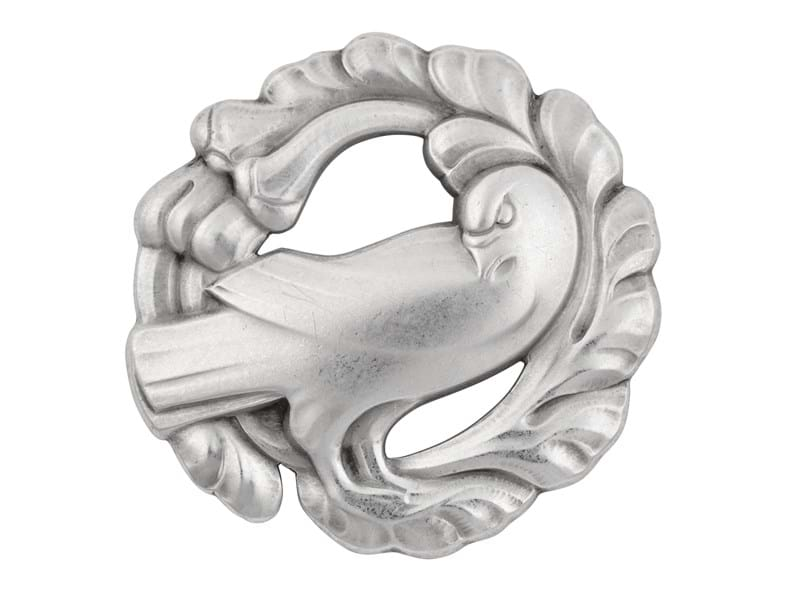Three examples of Lowry’s late drawings are coming up for auction in the Modern & Contemporary Art Sale on 17th June, all of which come from private collections: “A Family Group” (1966) (estimate: £5,000-8,000 plus buyer’s premium), “Family Group at the Seaside” (1969) (estimate of £40,000-60,000 plus buyer’s premium), and ‘Group of Figures Young and Old’ (1970) (estimate of £30,000-50,000 plus buyer’s premium).
News & Insights
The Late Drawings of L. S. Lowry
Laurence Stephen Lowry was a deeply complex figure, now widely recognised as the most important British artist of the 20th century. Whilst most people today may first think of his oil paintings, executed in his distinctive five-colour palette of black, white, red, blue, and yellow, Lowry himself was vehement about the importance of drawing and was constantly sketching on whatever scraps of paper he could get his hands on. Indeed, he has been quoted as saying: “Can you tell me, sir, why does a painting cost more than a drawing? After all, a drawing is every bit as important, and sometimes a damned sight more effective. Besides, it is more difficult to do; for one thing, you haven’t got colour to get you out of a mess”. He considered it an art form in its own right and was highly skilled in capturing the essence of his subject and filtering out extraneous detail.
As a young man, Lowry completed a formal artistic training whilst working full-time. At Manchester College of Art, he was taught to draw by master Adolphe Valette in the classical manner, and his life drawings from this period are technically excellent. However, during the 1920s he began to develop his own unique style, experimenting with different techniques of drawing, and establishing a visual language that he would utilise and hone throughout his career. His drawings of this period saw him focus on the urban landscape of Manchester, with groups of figures all executed with clear, precise line drawings. His characteristic ‘stock’ figures of hunched workers and scampering boys begin to appear, too.
By the 1930s, Lowry had developed his mature, distinctive style and visual shorthand for drawing his myriad figures of the working man in the urban environment. Tending to focus on recognisable streets and buildings, his figures remained largely anonymous; groups of people became patterns on the page as Lowry passively documented the cityscape. Interestingly, throughout his career he continued to dress his figures in the same depression-era clothes of the 1920s, when widespread poverty in the North West led workers to wear second-hand clothing, hats and shoes that were often baggy and ill-fitting. Whilst this can be partially attributed to the 1920s being the time when he established his style, it was also the happiest period of his often-troubled life, and in addition Lowry admitted to finding the oversized clothing very amusing.
From the 1960s, towards the later stages of his life, Lowry’s drawings became both less formal and colder and more critical towards his subjects. Figures became almost objects of ridicule, in exaggeratedly ill-fitting clothes, shoes and hats, as seen in ‘Group of Figures Young and Old’. He often focussed, too, on marginalised or unsavoury figures such as tramps and football hooligans, leaning more towards a social commentary rather than purely documenting his surroundings. “Family Group at the Seaside” (1969), is a rare example of Lowry’s depictions of contemporary dress and hairstyles. The drawing, which comes with provenance from the Lefevre Gallery in London, Lowry’s dealer’ and is illustrated in Mervyn Levy’s 1976 book The Drawings of L S Lowry, Public and Private.
As time went on Lowry increasingly became interested in depicting, often with hostility, the relationships, and interactions between small groups of figures rather than the massed groups of people of his early career. Sometimes focussing solely on one loan figure. He had great difficulty in understanding how humans ever made deep connections with each other, and his drawings at this point in his life are possibly his way of trying to get to grips with the human relationships that he did not really understand in his own isolated life.
“A Family Group” (1966) was executed by Lowry on one of his frequent holidays to the Seaburn Hotel, Sunderland. Lowry delighted in observing and recording ordinary people going about their lives. However, sometimes he would conjure up a scene of everyday life from his imagination, as in the present drawing that was executed during a conversation with Leslie Anthony, the manager of the Seaburn Hotel. Whilst talking, Lowry began drawing on the flyleaf of a catalogue of the Sunderland Museum and Art Gallery retrospective L.S. Lowry. He switched between a ballpoint pen and a pencil as he worked; once completed, he gave the drawing to Mr Anthony, who was delighted with this spontaneous gift. The drawing was later exhibited at the Sunderland Museum and Art Gallery, and it is sold together with four letters from Lowry to Mr Anthony at the Seaburn Hotel arranging visits and a copy of "L.S. Lowry in the North East" by Juliet Horsley for Tyne and Wear Museums Service 1989, in which the drawing is featured.
< Back to News

25th April 2025, 09:30
Plan your visit to our Leyburn Head Office and Salerooms, or our Harrogate and London Offices
Get your antiques and collectables valued by our team of specialists.












